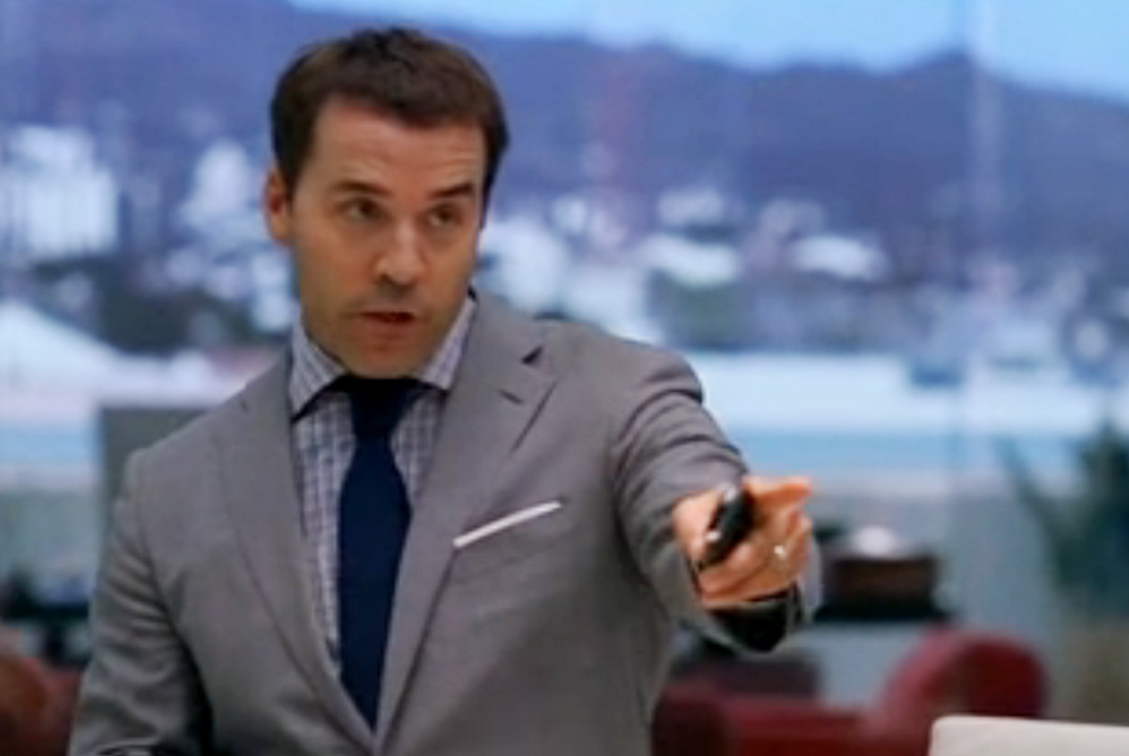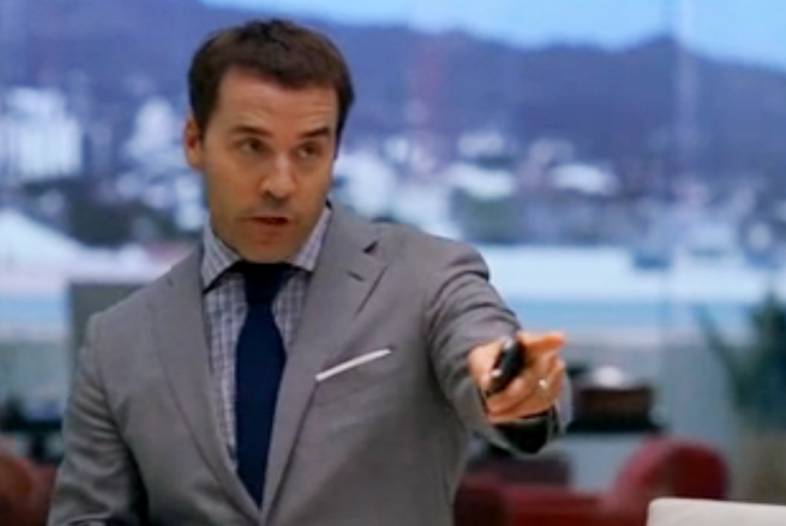‘The One Thing’: How To Get Things Done Using The Focusing Question


On June 23, 1885, Andrew Carnegie stood before a room of wide-eyed students at Curry Commercial College and addressed the audience. “‘Don’t put all your eggs in one basket’ is all wrong” he said. [1]
Carnegie, then 49 years old, was at his peak of success: his company, the Carnegie Steel Company, was the largest and most profitable company in the world.
“I tell you ‘put all your eggs in one basket, and then watch that basket’” counselled Carnegie, “Look round you and take notice; men who do that do not often fail”.
The question is: which basket do you watch?
The Power of Questions
We’re all guilty on occasion of going through life devaluing the importance of thinking about and deciding on the kind of life we want to live.
We daydream about dieting, starting a business and running a marathon, but do little to make our goals happen or worse, blame our circumstances and do nothing at all.
And instead of living at the cause of our challenges, we live at the effects and focus on answers to question we never asked to begin with.
People who live extraordinary lives simply ask themselves better questions. These are questions that engage their critical thinking and produce better answers.
Anthony Robbins posits that asking quality questions create a quality life. Perhaps he’s right.
The challenge, though, is finding those quality questions, as most of us can confirm, they’re not always obvious.
So how do you discover quality questions that produce quality answers?
You ask one question: the Focusing Question.
The Focusing Question
In The One Thing: The Surprisingly Simple Truth Behind Extraordinary Results, Gary Keller explains:
Most people are familiar with the Chinese Proverb: “A journey of a thousand miles must begin with a single step”. They just never stop to fully appreciate that if this is true, then the wrong first step begins a journey that could end as far as two thousand miles from where they want to be.
The Focusing Question, “Helps you keep your first step from being a misstep” writes Keller and invites you to ask yourself:
What’s the ONE Thing I can do such that by doing it everything else will be easier or unnecessary?
Before we look at how we can apply the Focusing Question to our daily lives, let’s look at the Focusing Question in more detail so we can better understand how to use it.
Opening The Tool Box
What’s the one thing I can do . . .
This not only focuses on YOU taking action, but also limits that action to ONE thing. There are a number of systems one can use to Get Things Done, but until you choose one and decide to act, you remain inactive. Avoid inertia like the plague. YOU have a choice. Decide.
. . . Such that by doing it . . .
Have you ever-confused busyness with productivity? I know I have. You’re comforted to know if you do X then Y will be a significant result. But tidying your desktop doesn’t mean you’ll finish writing your report.
“Such that by doing” reminds us, when we do our ONE Thing, we’re edging closer to where we need to be.
. . . Everything else will be easier or unnecessary?
If you have a tendency to binge eat and remove any unhealthy snacks from your kitchen, you minimise your willpower failures. This example of Choice Architecture isn’t an accident: environment by design makes decision-making easier by default.
Don’t be surprised if your ONE Thing – that pattern that has the power to start a chain reaction and change other habits – is a Keystone Habit.
There’s a reason going to bed before midnight, sleeping for seven to nine hours and waking up early improves your productivity: for most people, it’s their ONE Thing.
Find your ONE Thing and make everything else easier or unnecessary.
Granted, the Focusing Question is far from ground breaking, but don’t let its simplicity fool you; while it’s easy to disregard as obvious, it’s often the simpler questions that reveal the most about our priorities – and our relationship with them.
Putting The Focusing Question Into Practice
The Focusing Question not only helps you identify which basket you must focus on, but what your next action needs to be. This is particularly useful if you’re learning how to form a new habit.
This can be applied to, what B.J. Fogg calls, “behaviour design”.
If you’re dieting to lose 28 pounds, what’s the ONE Thing you can do such that by doing it everything else will be easier or unnecessary? Is it planning meals in advance? Keeping a diary to record your impulses? Or is it becoming a Choice Architect and removing all temptations from the house?
If you’re starting an online business, it might be using a landing page with an email optin so you can connect with your readers, write an online course or write a frequently asked questions page for your product.
Do you procrastinate? Try deleting your social media apps from your mobile phone or turning off your notifications, removing the batteries from your television remote control, or unclicking the “remember my password” box on the websites you frequent.
The Focusing Question is twofold. Asking, “What’s my ONE thing?” helps you see the big picture. Think of this as the map that identifies your goal with pinpoint accuracy.
And asking, “What’s my ONE thing right now?” focuses on your next to-do. This is the compass that guides you to your destination.
You need to ask yourself the Focusing Question daily and with tenacity. If you’re unclear, ask again and again until you have your answer. The answer will come – but you must persist.
In Closing
The Focusing Question is a quality question. When we ourselves quality questions, we’re met with quality answers. These answers help us commit to our goals, Get Things Done and master our emotions.
Put all your eggs in one basket and watch that ONE basket. You will succeed. ![]()
Sources:
[1] Keller, G. (2013) The One Thing: The Surprisingly Simple Truth Behind Extraordinary Results, London: John Murray Publishers Ltd.
Acknowledgements:
Gary Keller and B.J. Fogg.




